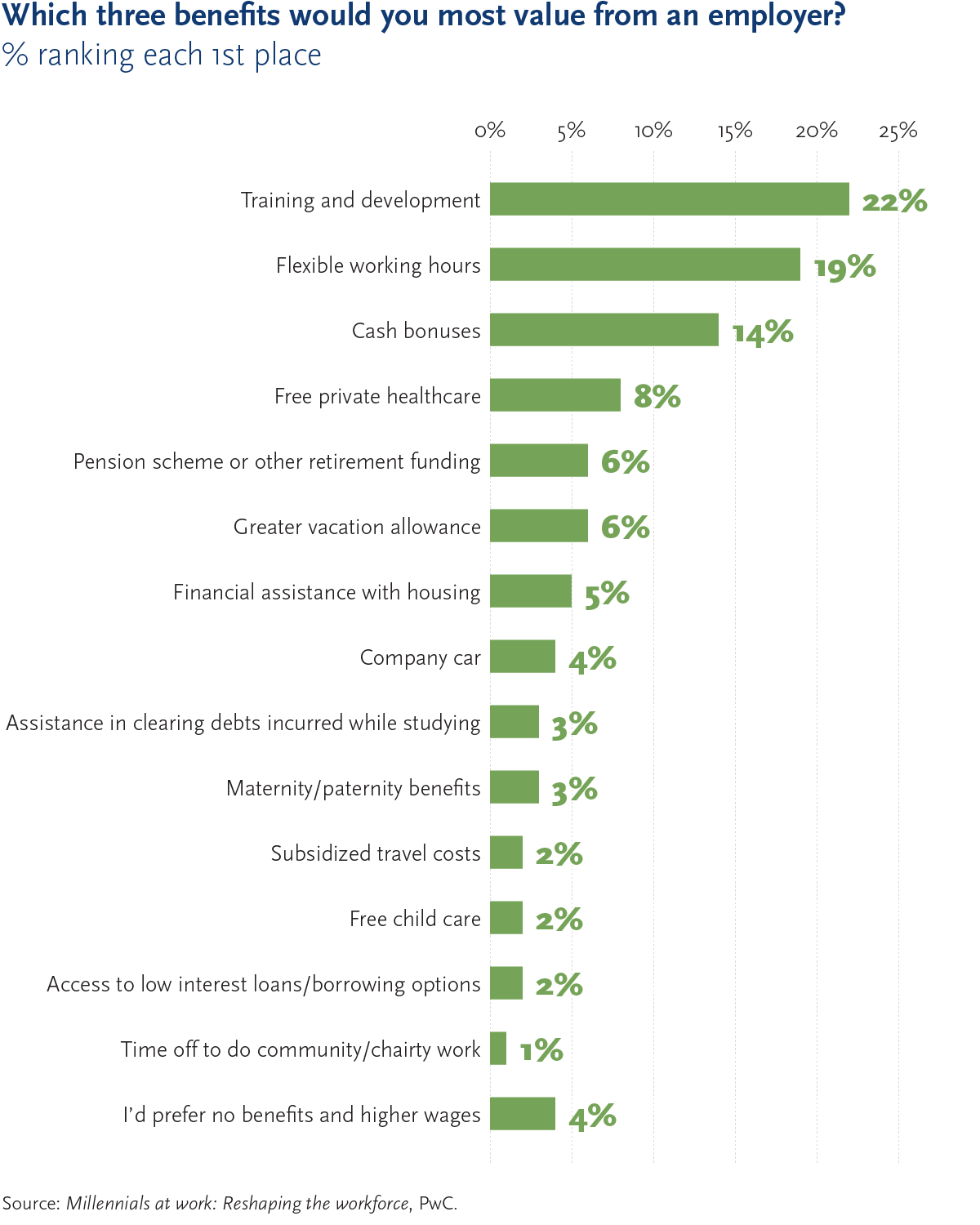“If I’m being honest, my company invested in about one-and-a-half training days for me during all of last year. It is pathetic!”
This is the feedback one next-generation marketing leader gave me about his organization. He is not alone. Most mid-career executives I speak with voice some level of frustration and disappointment with the amount of ongoing training they receive.
Consider what the best athletes in the world do to train every day: Olympic swimmer Natalie Coughlin trains 30 hours a week year-round. NBA player Stephen Curry takes Zumba classes in the off-season to improve his footwork. Tour de France champion Chris Froome has reportedly received “mind-training” from a sports psychologist in addition to his physical training. In addition to their individual work, these athletes all have coaches who help them to become even better and reach new heights.
I often ask senior executives how many days of pure training their top people receive each year. Not surprisingly, this can become a sensitive and embarrassing topic for many. I suppose the truth hurts: It is not uncommon that I hear “just one to three days per year,” even among high-performing companies.
So the question for us to ponder is: Do we really think that such paltry time for training our most vital assets will enable our people to stay on top of their games, especially given the pace of change today?
In a world where new digital technologies are seemingly emerging every day and the competitive landscape is shifting, leaders and organizations that don’t adapt and cultivate new skills risk becoming obsolete.
Those who believe that training and development, although important, simply doesn’t make the short list of critical things to do or invest in need to rethink the status quo. I would argue that you can’t afford not to invest in your people. The impact of effective training correlates to overall business performance. HR Magazine reported that organizations investing $1,500 or more per employee average 24 percent higher profit margins than those that spend less.
This dearth of training can also cost organizations top talent, especially among high-potential up-and-comers. According to a PwC report, for 65 percent of millennials, the opportunity for personal development was the factor that most influenced their decision to accept their current jobs. In fact, a greater share of this group values training and development over financial incentives (see chart below). Trust me, if you are not investing in your young talent, they will grow bored sooner than you might think and then they will be off to another, more exciting venture.

With its significant implications for talent attraction and the long-term success of your organization, how can you become a hero at training?
- Rethink traditional training models. Given the speed of change today, short, targeted training experiences, such as those offered by General Assembly, may be more effective than immersive, multi-week training courses. Online learning options have also grown in popularity in a mobile world with shorter attention spans.
- Help create a learning-focused culture. An environment where risk-taking is encouraged can empower your people to push themselves outside their comfort zones to build new skills. Put your high-potential talent in situations where they are forced to learn, such as an assignment that falls outside their typical scope of responsibilities, and give them the tools to succeed. Today’s young people love to be stretched — you may be pleasantly surprised by the positive response you receive.
- Measure the results. Go beyond “participant happiness” (where everyone gets a trophy) as a metric for training success. Do the leader’s colleagues and stakeholders see an improvement in his or her effectiveness? Is the leader having a greater impact on the business — e.g., spearheading campaigns that drive revenues?
We recently kicked off an industry-wide initiative with the Association of National Advertisers called the CMO Talent Challenge. A key tenet of this plan is to get leaders to make mentoring, training and development of their people one of their top five personal goals for 2017. As part of this, a group of industry luminaries are collaborating on creating a variety of skill-building training options for their people.
At the end of the day, additional training not only builds vital skills, it can significantly improve morale and breed loyalty. And while you’re at it, your rising stars also want to know that you value them, so be sure to recognize all they’re doing to advance their professional growth.
Greg Welch is a member of Spencer Stuart's Consumer Practice and previously served as its global leader. He is also a member of the Marketing Officer and North American Board and CEO practices. Reach him via email and follow him on Twitter and LinkedIn.